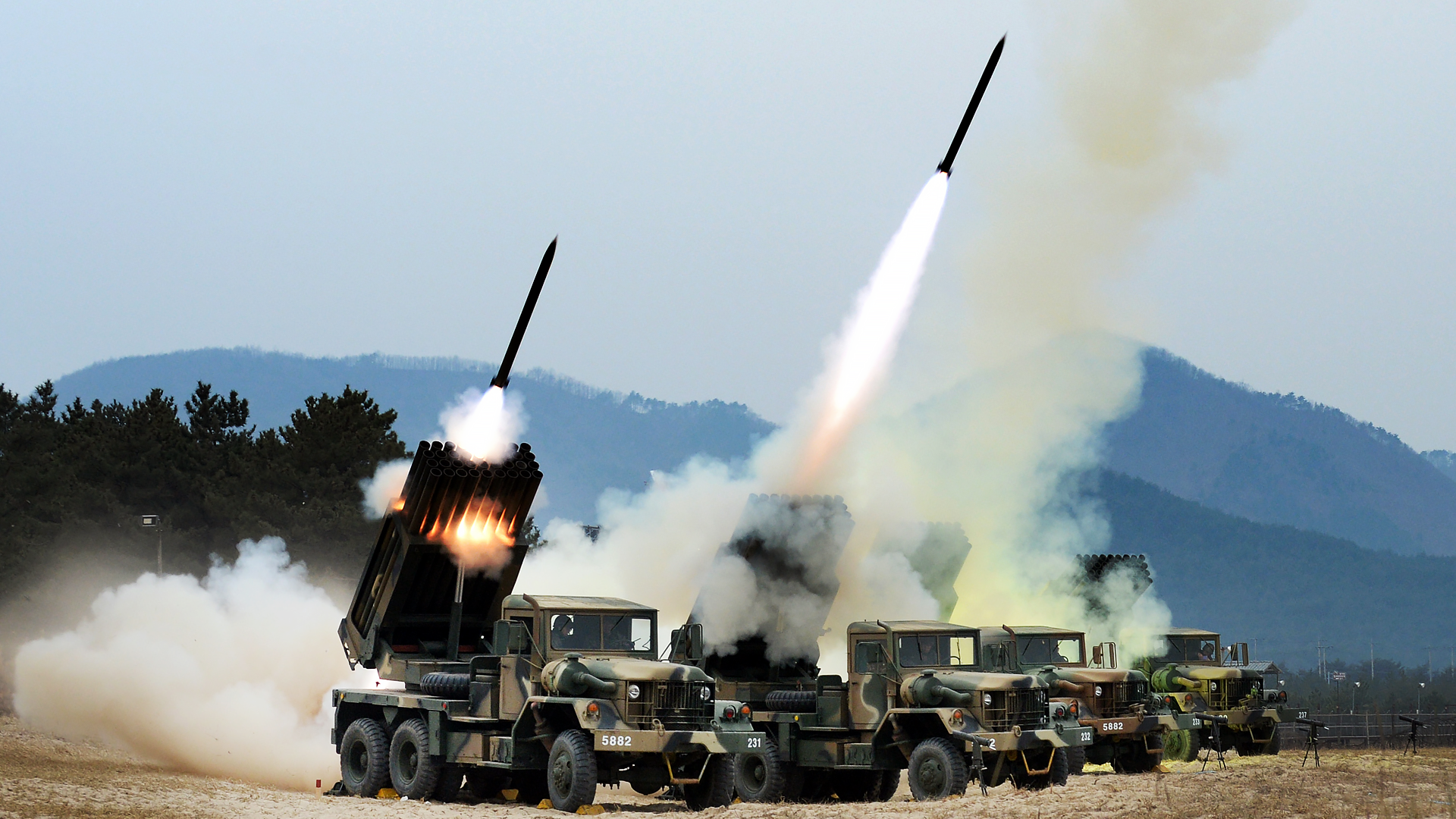According to new research, the planet-warming emissions generated during the first two months of the war in Gaza were greater than the annual carbon footprint of more than 20 of the world’s most climate-vulnerable nations.
It’s no secret that war is bad for the environment, with toxic chemicals left polluting soil and water for decades after the fighting has ceased.
What’s often not considered, however, is the long-term impacts of planet-heating emissions from armed conflicts on the climate, an issue that has experts increasingly concerned as Israel continues to drop bombs on Gaza.
This is because, according to new research, the amount of carbon dioxide generated during the first two months of the conflict was greater than the annual carbon footprint of more than 20 of the world’s most climate-vulnerable nations.
As it states, the vast majority (99 per cent) of the 281,000 metric tonnes of CO2 that’s estimated to have been released into the atmosphere in the initial 60 days of Israel’s military response can be attributed to the air strikes and ground invasion the Hamas have carried out in Gaza – equivalent to burning at least 150,000 tonnes of coal.
The data includes CO2 from aircraft missions, tanks, and fuel from other vehicles, as well as emissions generated by making and exploding the bombs, artillery, and rockets.
It has been published amid growing calls for greater accountability of military greenhouse gas emissions (militaries account for almost 5.5 per cent of global greenhouse gas emissions annually – more than the aviation and shipping industries combined), which play an outsize role in the ecological emergency but are largely kept under wraps.




















